In XXL Magazine’s most recent post, staff writers covered the “beef” between Chicago rapper, Lil Durk, and Louisiana-raised, NBA YoungBoy. They explore the assumed details of the beef between the two rappers from their social media posts to the lyrics in their respective music. While hip-hop has always originated with themes of violence, to what extent do journalists remove humanity from these rappers’ real lives for the sake of an awaiting audience eager to observe a beef?
In the past three years, notable rappers ranging in age have been killed in the hip-hop scene. Los Angeles-born Nipsey Hussle and Drakeo the Ruler, Memphis native, Young Dolph, and Chicago-raised King Von were killed because of gun violence. These were real people, with real lives, real families, and real communities; this is the reality.
Drill’s immediate popularity owed to two of hip-hop’s most prized values: authenticity – or realness – and storytelling.
“The stories told by drill artists were unbelievable. Lots of them were true,” BBC writer, Sam Davis, says. “This fascination is what caused hip-hop to grow into what we know of it today. The beat sets the tone; it jars our lips
and scrunches our faces; the lyrics cause us to embrace, to live through the rapper’s eyes.”
But this fascination grew into commercialization, which makes the stories of these rappers and their lives consumable. In the age of social media, there is a thin line between recognizing the art and purposefully showcasing the violence, removing humanity, and treating the subject like a reality TV show only adding gas to the flame.
To what extent do journalists remove humanity from these rappers’ real life for the sake of an awaiting audience eager to disturbingly observe?

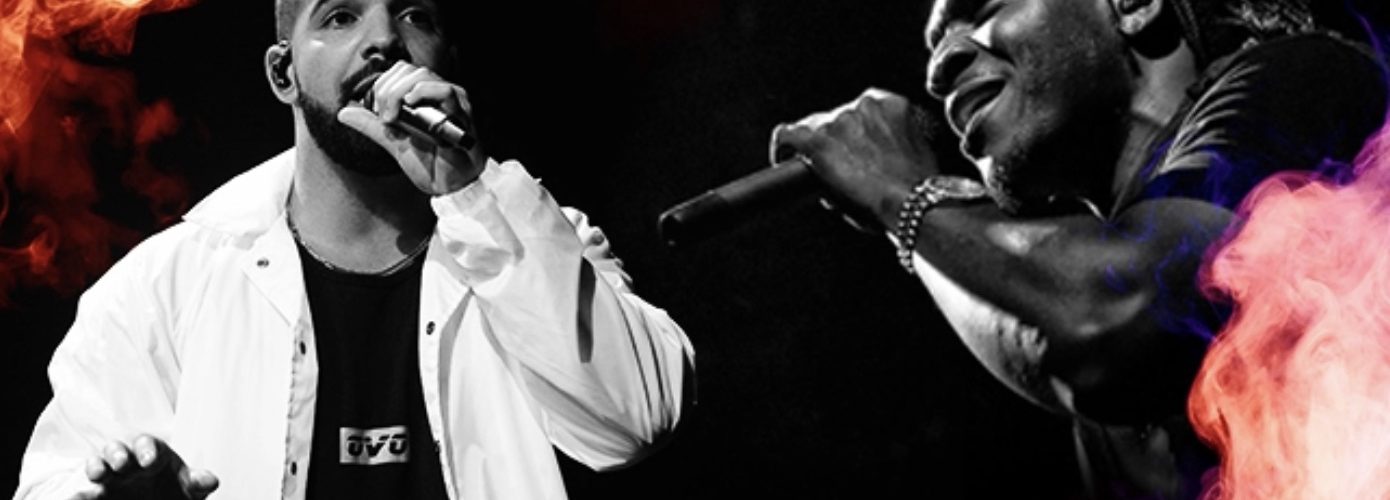

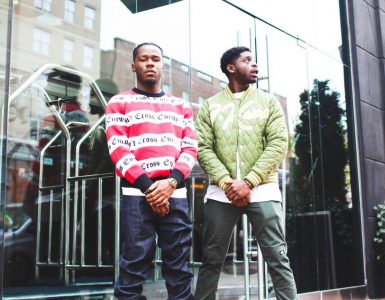
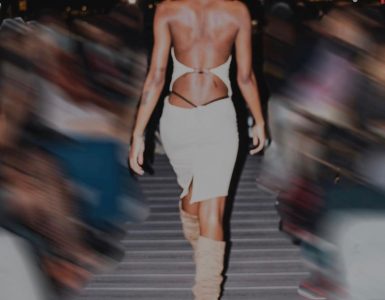
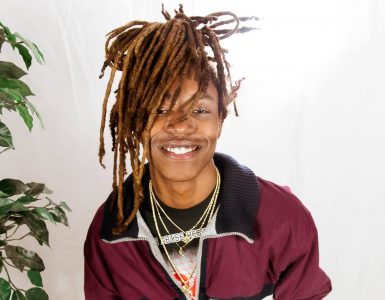

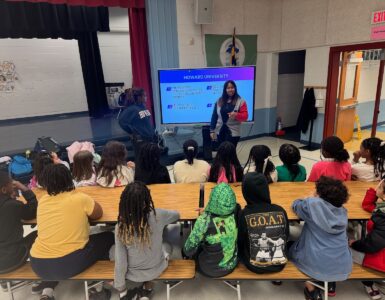

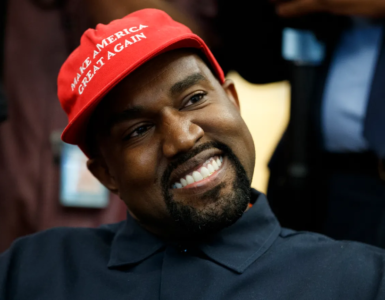
Recent Comments